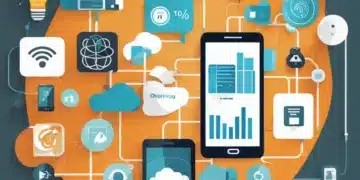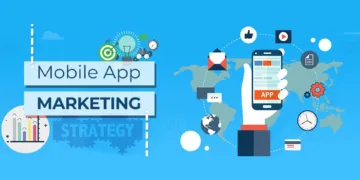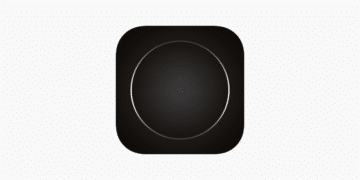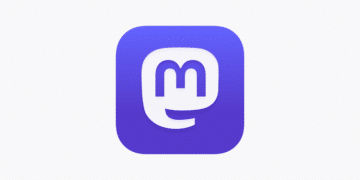The Future of EHR and EMR Systems
The call to move to Electronic Health Records (EHR) and Electronic Medical Records (EMR) began over a decade ago. Adoption hasn’t always been as fast, easy, smooth or even as helpful as it was intended to be. Many were deployed as an end unto themselves and before mobile devices became prominent. Technologies rolling out on an almost daily basis now give us a glimpse at the future of the healthcare system – where EHR/EMR systems form the backbone of a fully integrated healthcare system.
Paperwork and Administrative Cost Reduction
The initial intent of EHR/EMR systems aimed at reducing paperwork. According to latest figures from the US National Library of Medicine, administrative, billing and insurance (BIR) costs amounted to $470 billion in 2012. Properly implemented, EHR/EMR systems do reduce administrative costs, increase patient and physician satisfaction, improve quality of care and reduce errors. Estimated savings on these points alone are substantial in their own right – between $37 million to $59 million over five years for a typical large hospital.
Comprehensive EHR/EMR Functionality
However, the full advantage of EHR/EMR systems crystalizes when implemented as an end-to-end system supporting the complete lifecycle of patient records – the patient’s life, if we want to take it to a logical conclusion. This is not just about replacing the barrage of forms to collect a patient’s insurance information, vital statistics, and medical history. That’s a start. A comprehensive integrated EHR/EMR system is:
- Secure or more secure than required by HIPAA regulations likely including a combination of password, device-specific, biometric, facial-recognition and blockchain security protocols.
- Conveniently accessible and usable likely on a file-based permission basis, by all authorized personnel including hospital staff, insurance companies, and relevant government agencies.
- Capable of seamlessly capturing all relevant patient data which may include everything from
-
- patient administrative and insurance data,
- digital voice transcriptions of patient-physician sessions,
- remote triage applications and patient-physician video conferences,
- High-resolution medical images like MRI scans,
- continuous data from connected medical devices and implants,
- tracking and issuing of e-prescriptions, etc.
That covers a lot of ground. Little of it is new by 2018 standards, but nearly all of it involves electronic data.
However, there’s a large portion of the puzzle that has only recently hit mainstream discussions of medical technologies.
Big Data, Personalized Medicine, and Machine Learning
We don’t have any real problems generating or collecting Big Data. Myriad electronic medical devices and companion healthcare applications provide continuous streams of patient data. Making use of all of that data? Easily? That’s a different story.
How can two doctors examine the same patient and reach two different diagnoses? How can a medicine help 98% of patients with a certain condition, but have potentially severe adverse effects for the other 2%? These questions get to the heart of personalized medicine. Personalized medicine makes use of all patient data and medical history so healthcare providers can provide personalized treatment and prevention plans.
Machine learning algorithms like IBM’s Watson and Google’s deep learning tool, Inception, do what doctors cannot – assimilate and synthesize vast amounts of data from tests, tissue samples, vital statistics, and connected devices. These systems are not likely to replace doctors anytime soon, but they are already assisting doctors in making more accurate prognoses and treatment plans.
Zio, by iRhythm, is used to detect and diagnose irregular heart rhythms over periods up to 14 days at a time vs. typical 5 minute ECG’s. Similarly, systems like VisiMobile by Sotera Wireless enable doctors using a tablet or smartphone to “remotely monitor patient vital signs with the accuracy of an intensive care unit” from the moment they are picked up by an ambulance.
The Future of Healthcare Depends on EHR Systems
It is easy to get sidetracked by the sheer number of medical technologies and applications available and being released daily. Discussing specific medical devices and applications is trivial compared to having a system that fully supports them as seamlessly as possible. This dramatically shifts the role of Electronic Healthcare Record Systems from an administrative cost reduction measure to support virtually the full range of medical operations – up to and including robot-assisted surgery.
Implementing or shifting to a comprehensive Electronic Health Records System is a major business and investment decision. While the administrative cost reduction alone can be a compelling argument, a full due-diligence assessment is critical to getting the greatest long-term value from your decision. Talk to different EHR System developers and make sure to check out government guidelines and incentive programs.


















